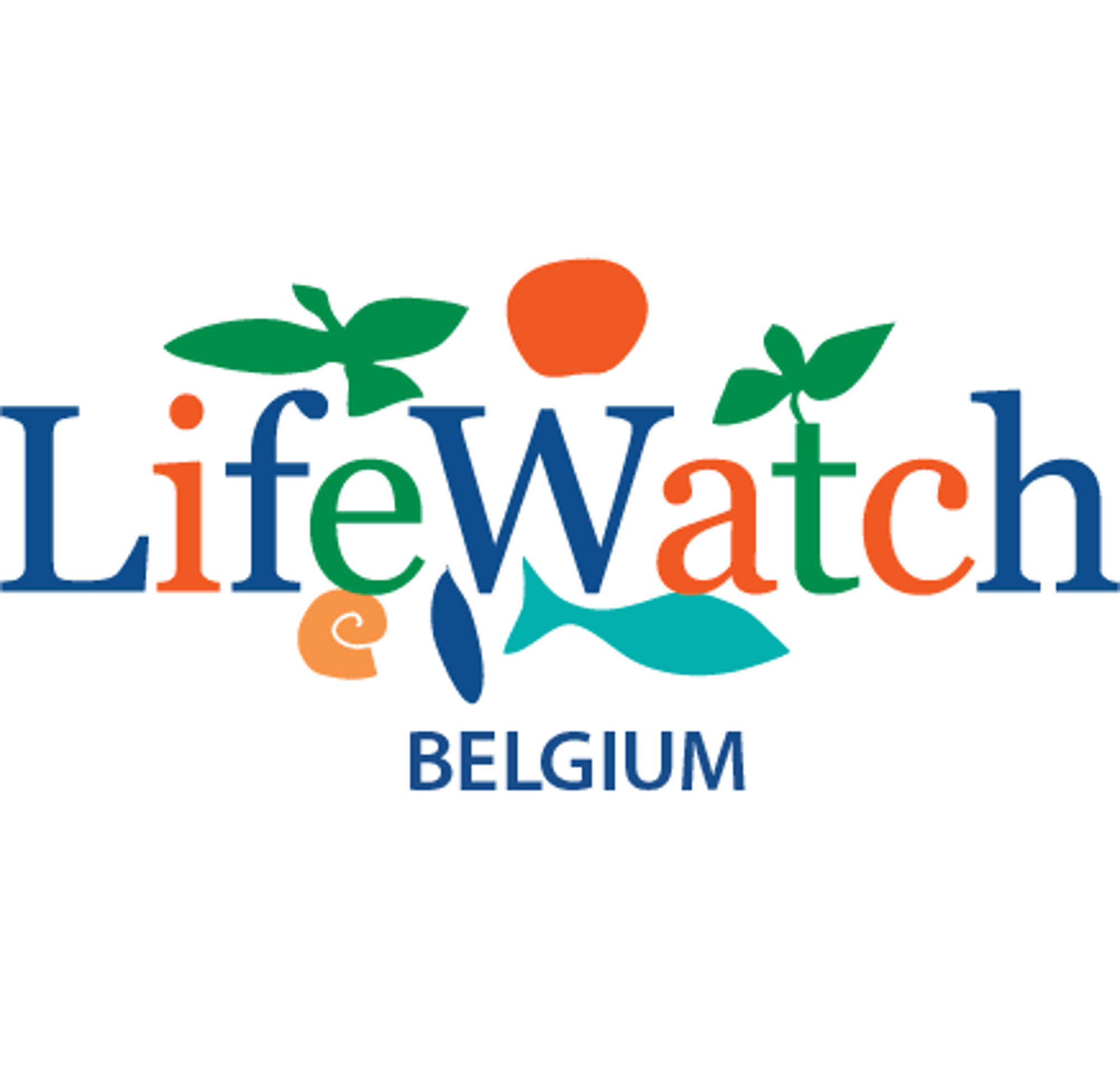
1. Happy 15th birthday WoRMS! A story for each year.
Publication date: November 17th 2022
Today we kick-off the 15th anniversary celebration of WoRMS! Remember how it all started? From the first actions in 2007 and the first WoRMS marine taxonomy editor workshop, to the authoritative and comprehensive list of names of all marine organisms that WoRMS is today. Join us on a 15-week journey to explore WoRMS' past and future. (READ MORE)
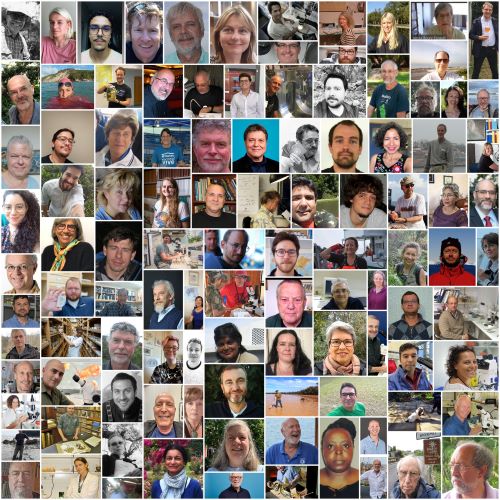
2. Who are the experts behind the World Register of Marine Species?
Publication date: November 24th 2022
WoRMS is managed by a small Data Management Team (DMT) and an elected Steering Committee (SC), but the actual driving force behind the high-quality content of WoRMS is the Editorial Board. Who are all these volunteers on our Editorial Board, and what is driving them to contribute their spare time and expertise to WoRMS? Join us in this short dive into their insights on their editor-work, their favorite species and the general dynamics of our editor pool. (READ MORE)

3. WoRMS general growth: Number of species and their discovery rates according to WoRMS
Publication date: December 1st 2022
4. WoRMS general growth: Editor activity and how this reflects in the content growth
Publication date: December 8th 2022

5. WoRMS general growth: How setting priorities helps in addressing gaps
Publication date: December 15th 2022

6. Behind the scenes of the Data Management Team: the info-address
Publication date: December 22nd 2022
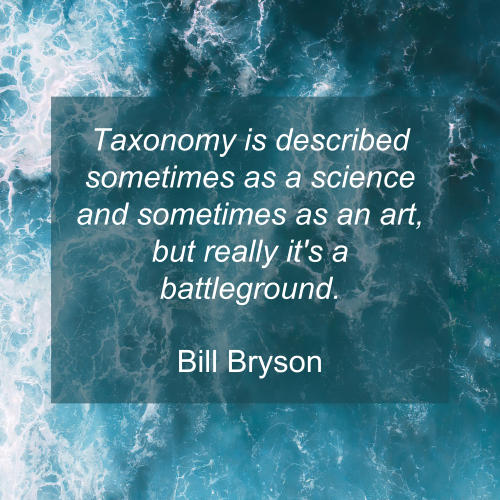
7. Taxonomy: a science, an art or a battleground?
Publication date: January 5th 2023

8. Taxonomic problem solving: the challenge of author names
Publication date: January 12th 2023

9. Taxonomic problem solving: the challenge of problematic literature
Publication date: January 19th 2023
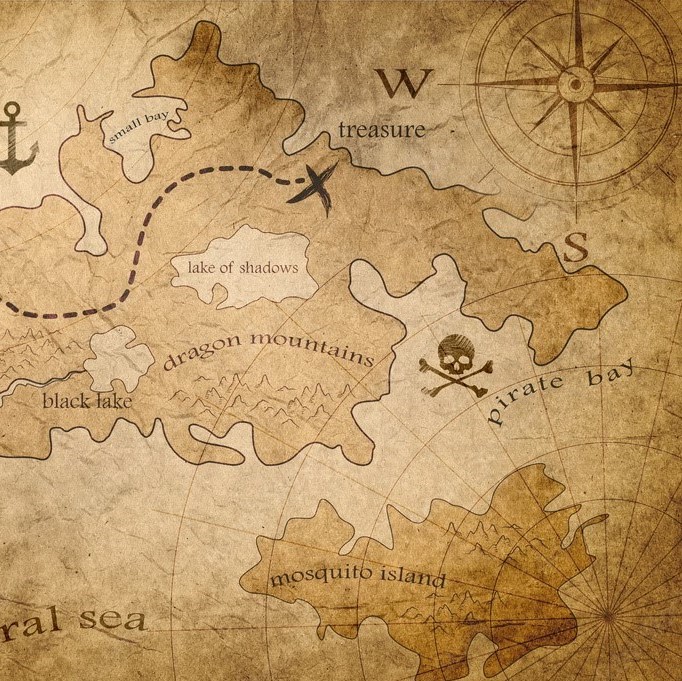
10. X marks the spot: type localities in WoRMS and how they might reveal new insights in species discovery mysteries
Publication date: January 26th 2023

11. WoRMS and literature: many aspects & seemingly endless possibilities
Publication date: February 2nd 2023
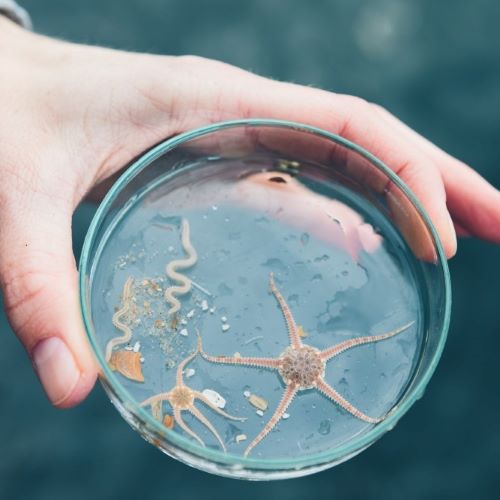
12. How WoRMS supports the essential work of our editors
Publication date: February 9th 2023

13. WoRMS, above and beyond classical Linnaean taxonomy
Publication date: February 16th 2023
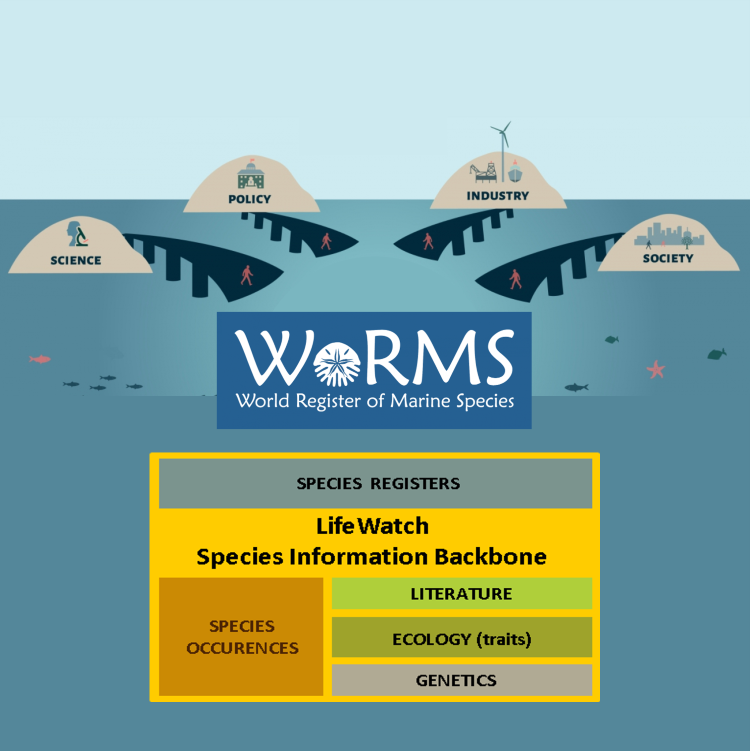
14. The multifaceted users and uses of WoRMS
Publication date: February 23rd 2023
Who are the users of the World Register of Marine Species? WoRMS is used by scientists, policy makers, industrial players and civilians, representing all four pillars of the so-called quadruple helix. Read some specific user stories in this before last WoRMS 15 Story. (READ MORE)

15. Alliances and collaborations - past, present, and future directions
Publication date: March 2nd 2023
We’ve reached Story 15! And what a journey it has been! In this last Story, you can read about how WoRMS forms alliances with other taxonomic databases such as FishBase and AlgaeBase, instead of duplicating information, and how WoRMS closely collaborates with big players such as OBIS and COL, to create a taxonomic and species information backbone. And within the UN Ocean Decade, many more collaborations are likely to come. (READ MORE)
Contact
WoRMS Data Management Team - info@marinespecies.org
Acknowledgements:
This celebration and series of news messages initiated by the Data Management Team (DMT) would not have been possible without the collaboration of the WoRMS Steering Committee (SC) & voluntary contributions by many of the WoRMS editors.
The work of the DMT and many WoRMS-DMT-related activities are supported by LifeWatch Belgium, part of the E-Science European LifeWatch Infrastructure for Biodiversity and Ecosystem Research. LifeWatch is a distributed virtual laboratory, which is used for different aspects of biodiversity research. The Species Information Backbone of LifeWatch aims at bringing together taxonomic and species-related data and at filling the gaps in our knowledge. In addition, it gives support to taxonomic experts by providing them logistic and financial support for the organization of meetings and workshops related to expanding the content and enhancing the quality of taxonomic databases.
WoRMS – as ABC WoRMS – is an endorsed action under the UN Ocean Decade.


